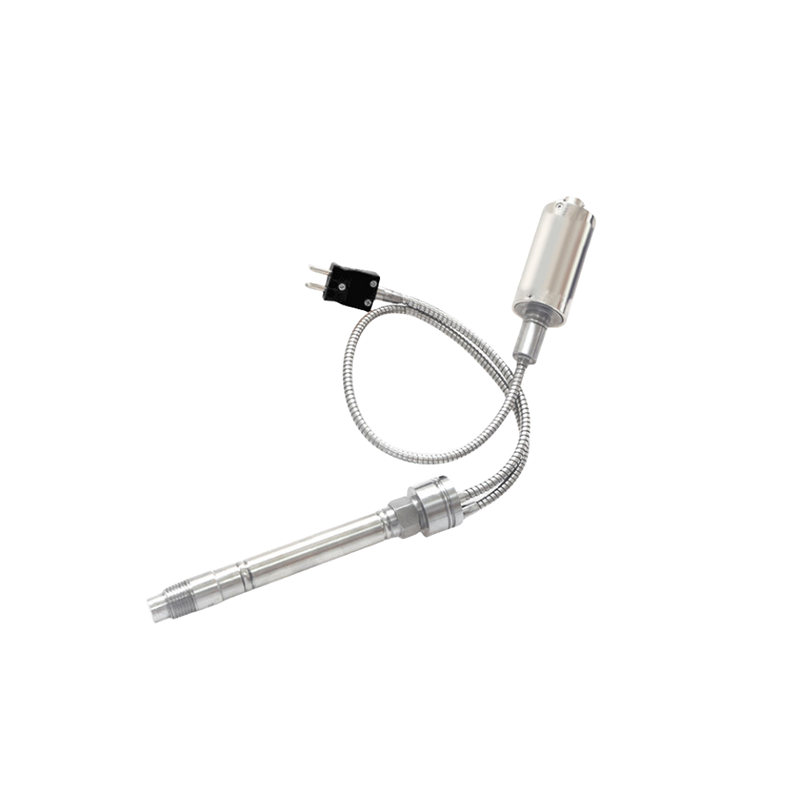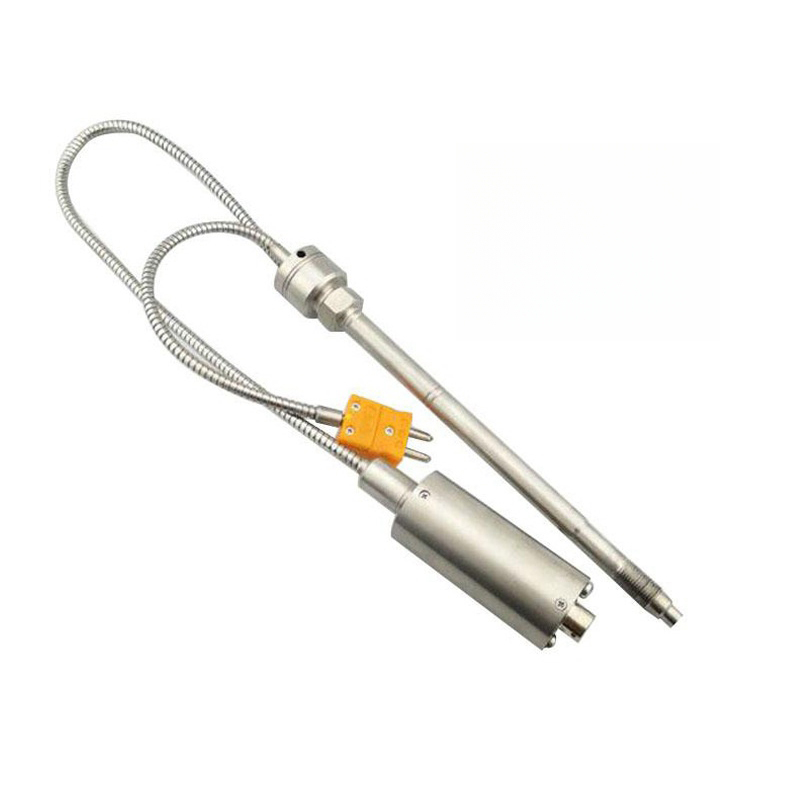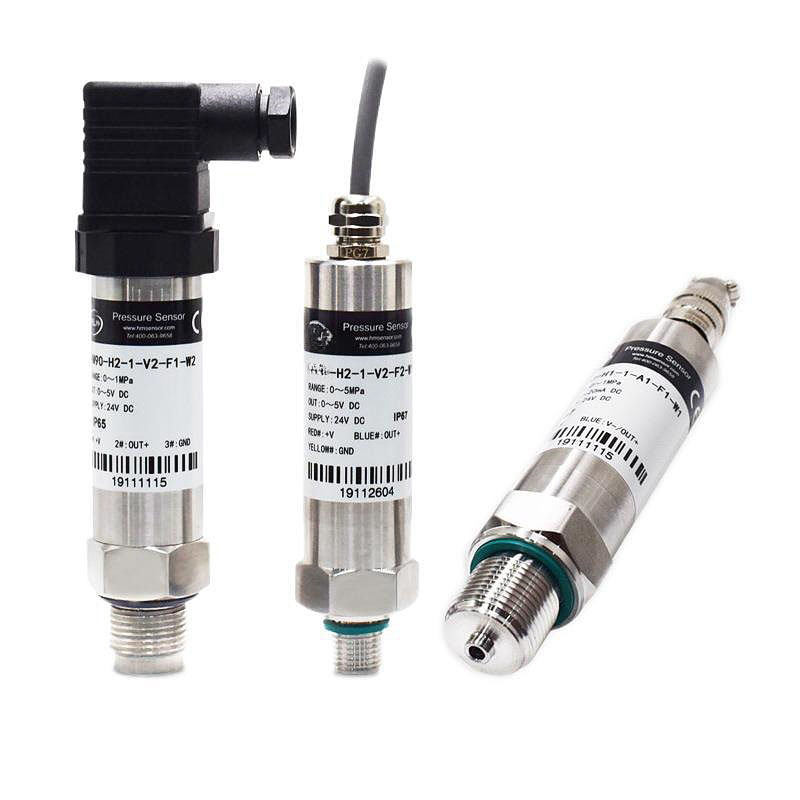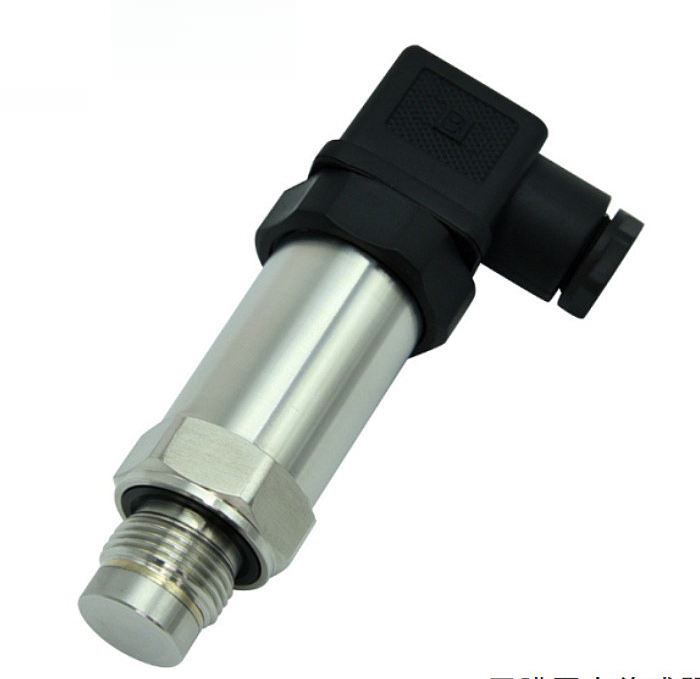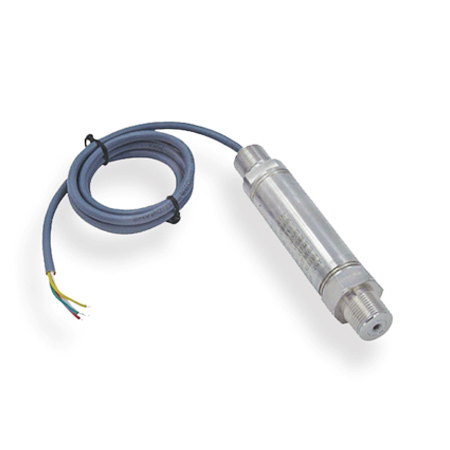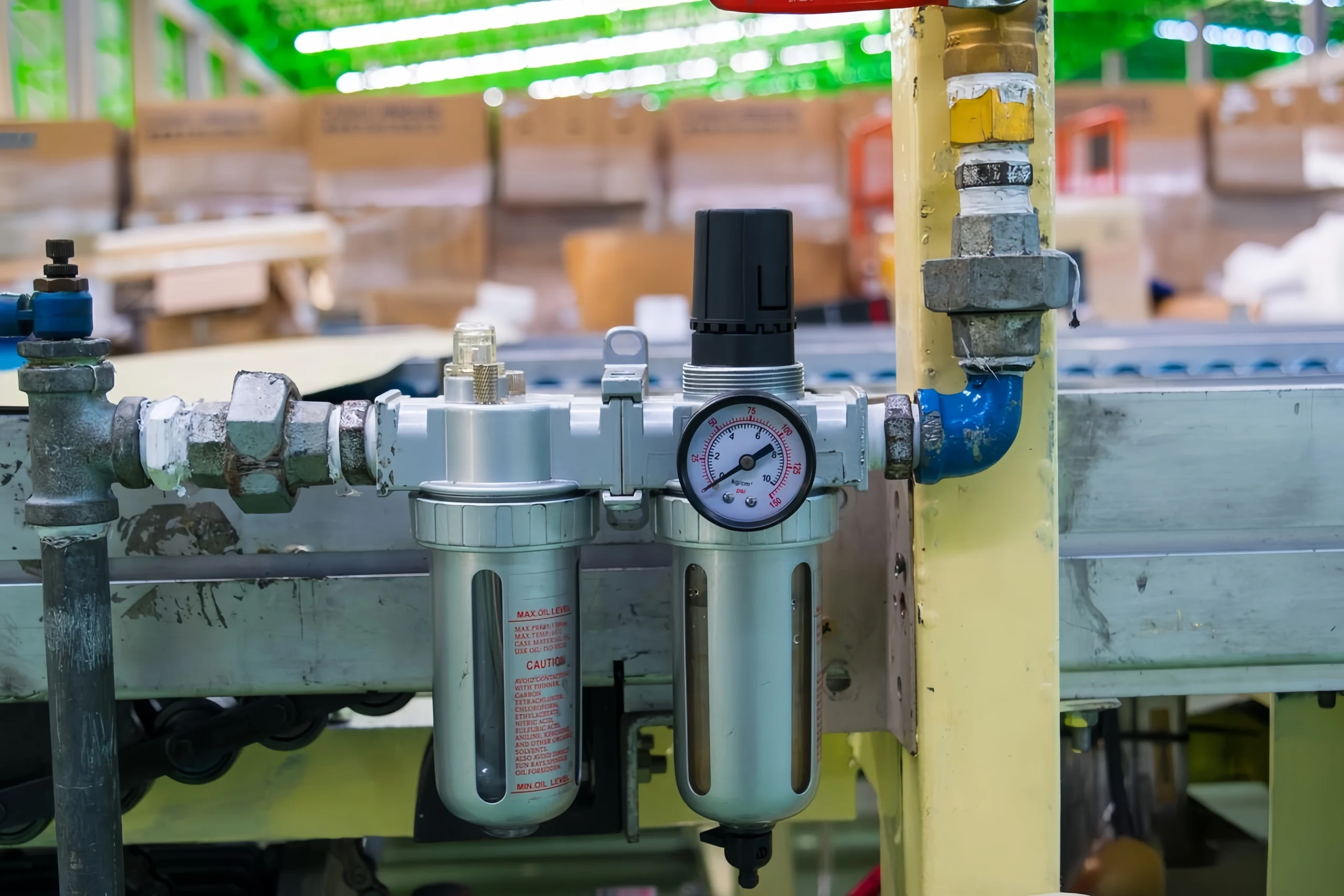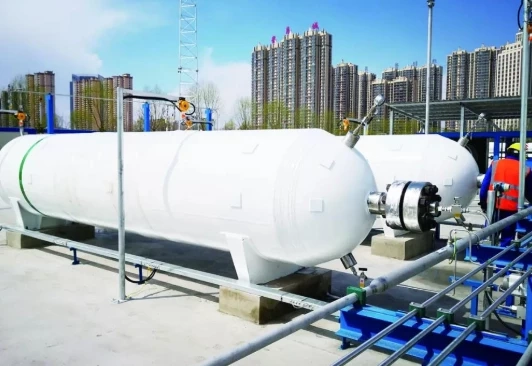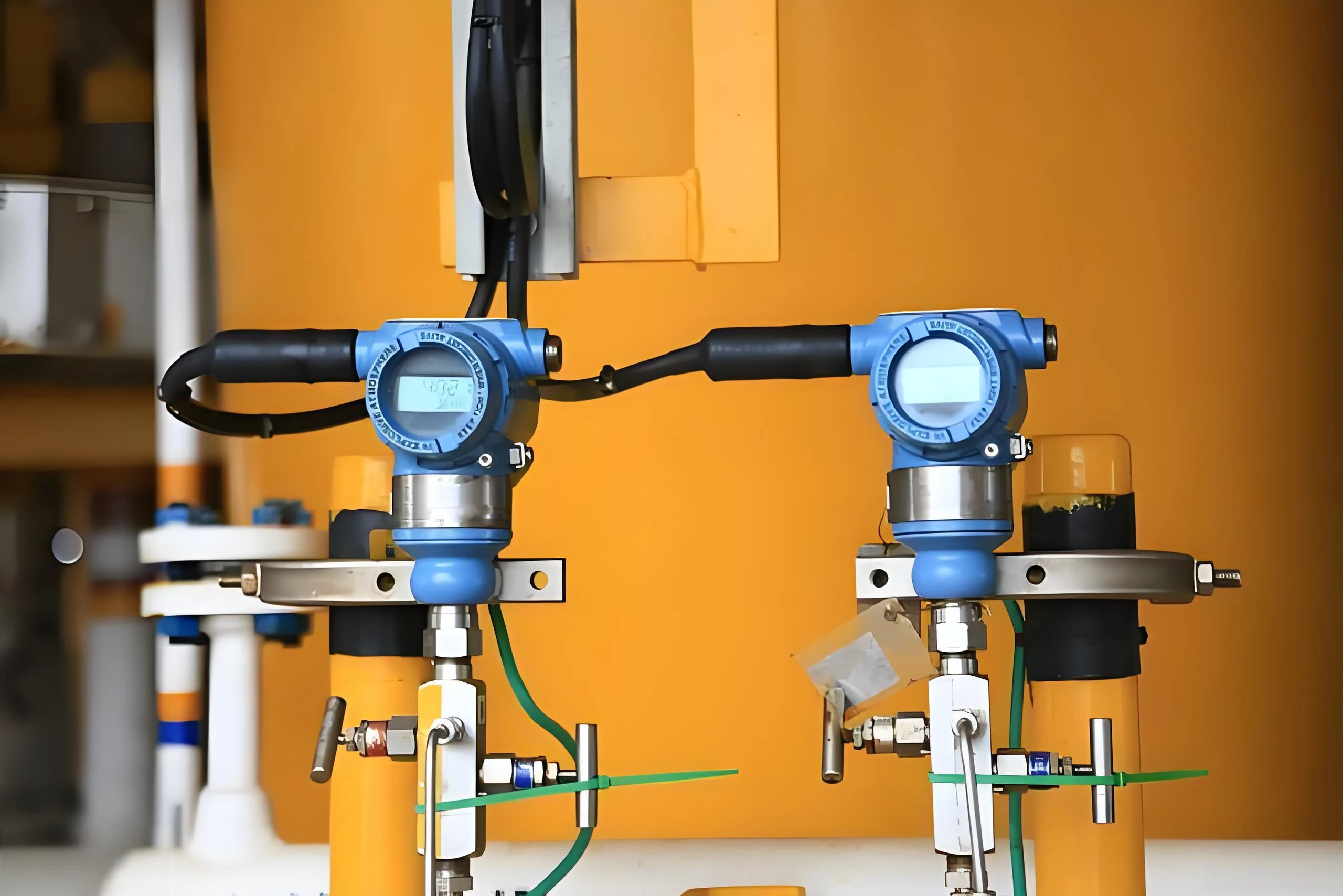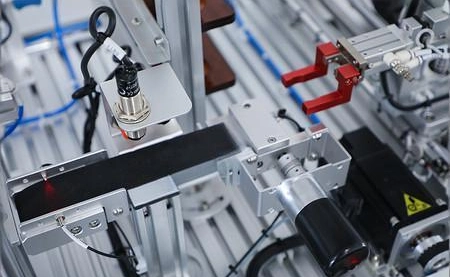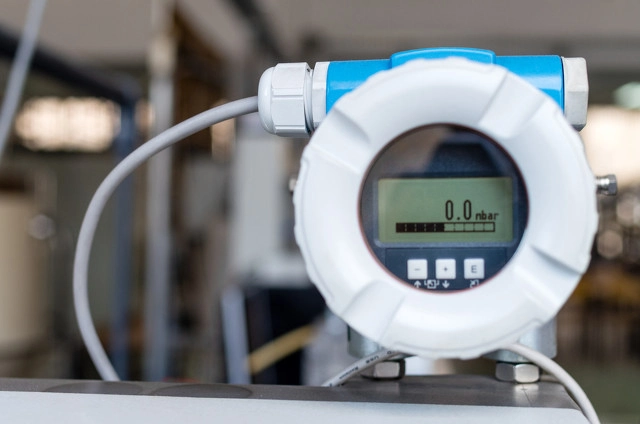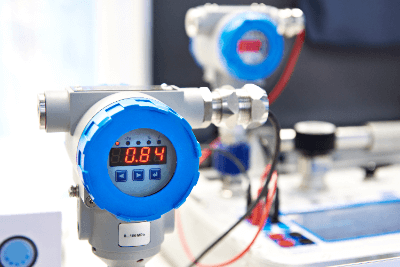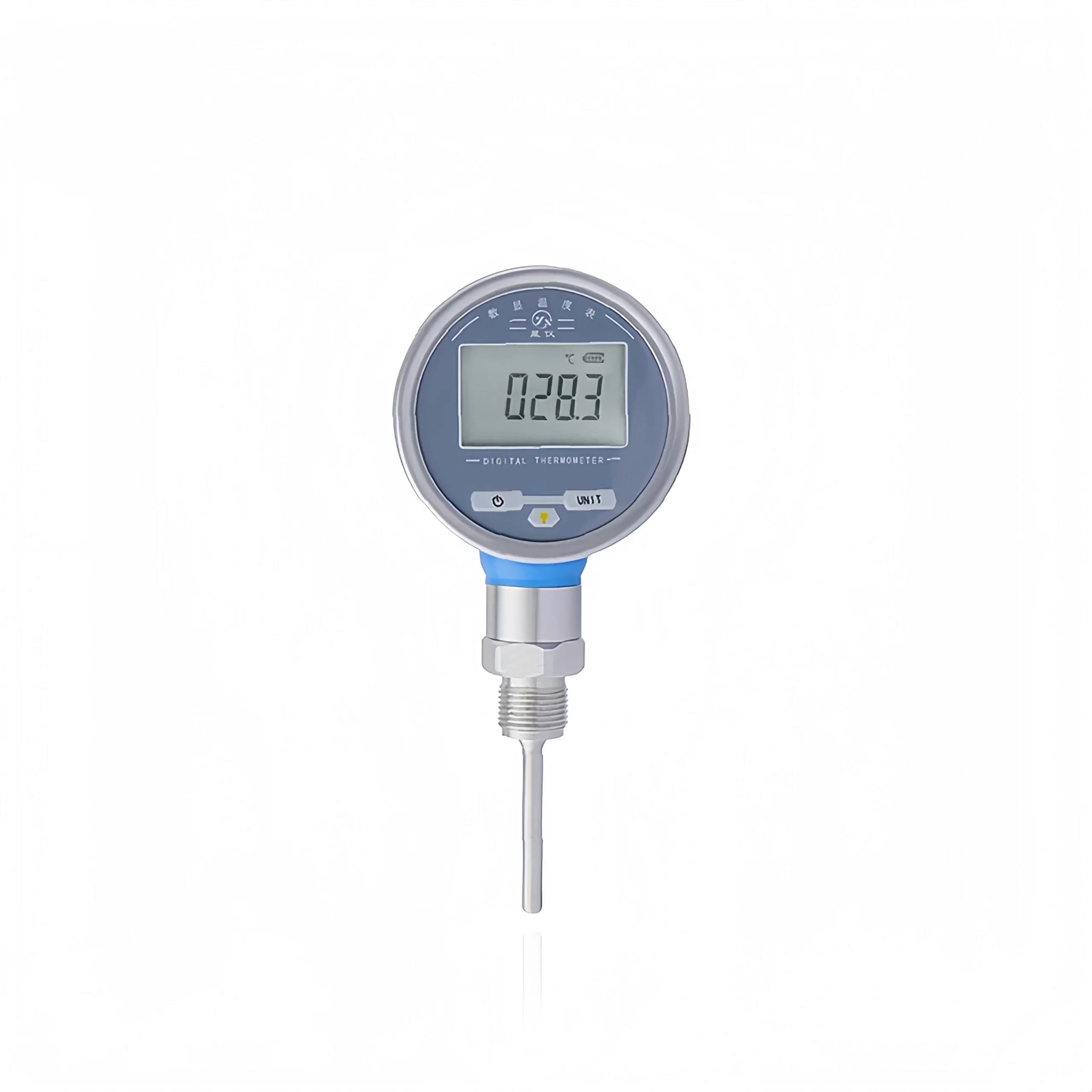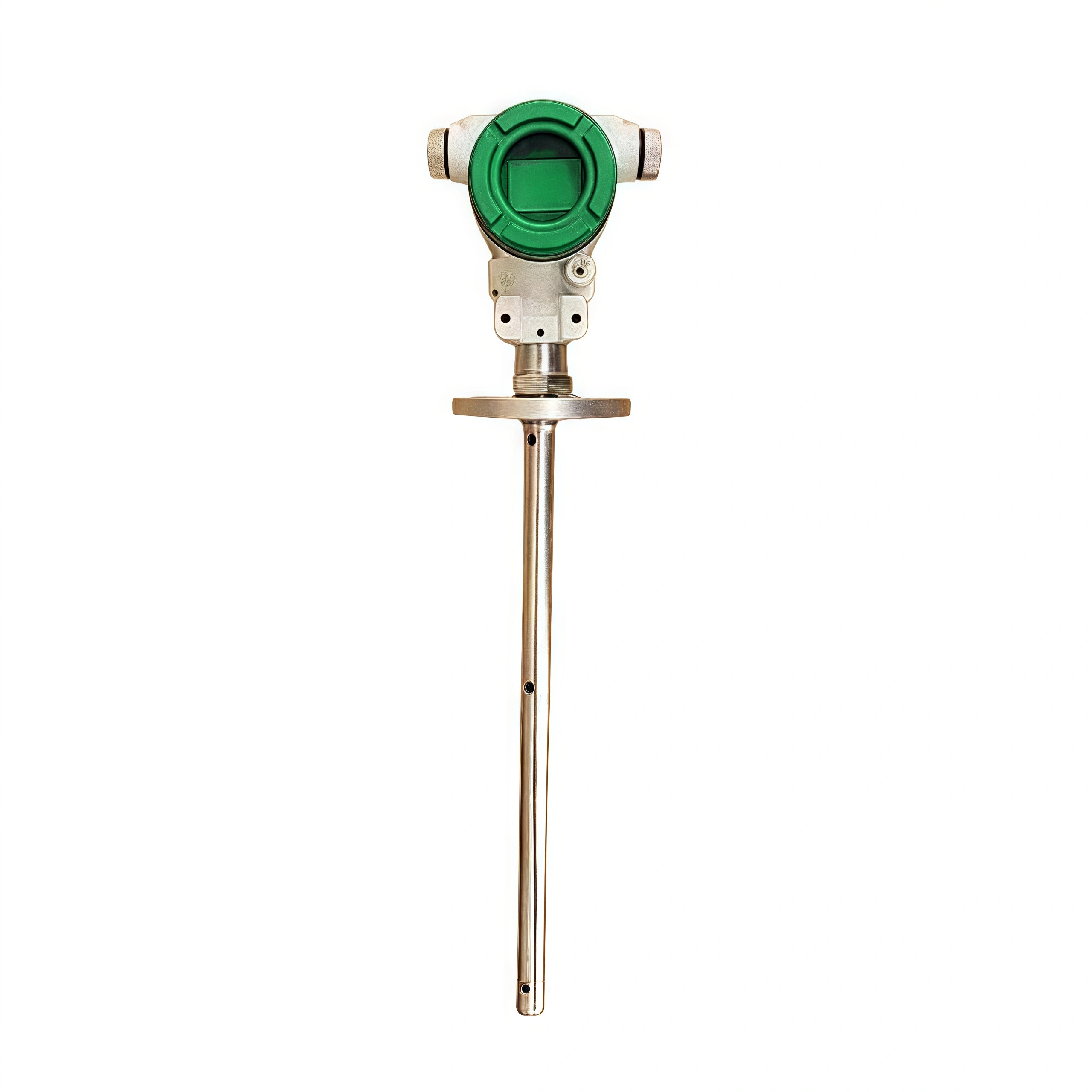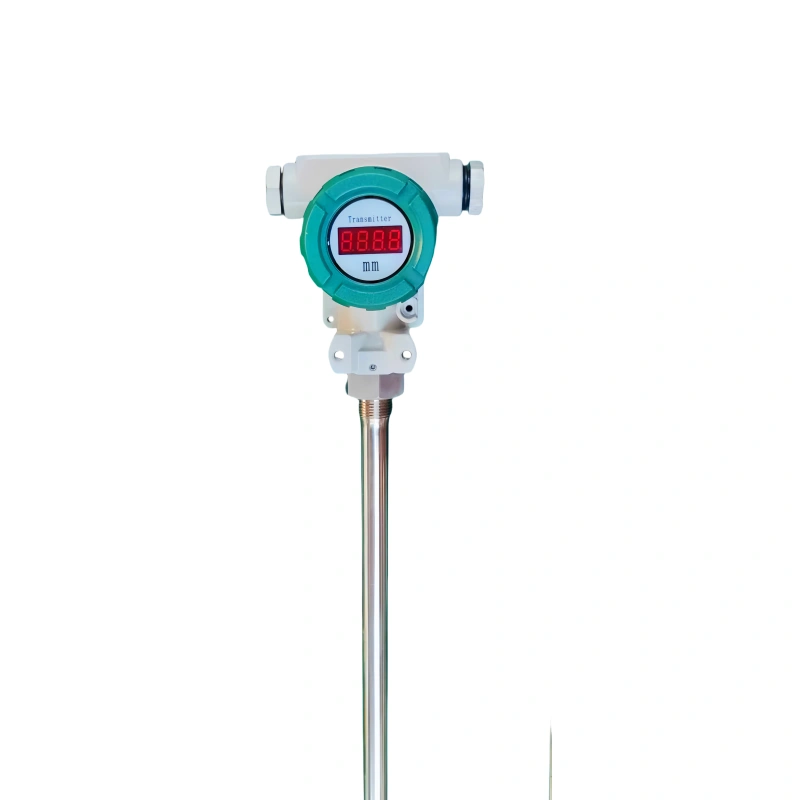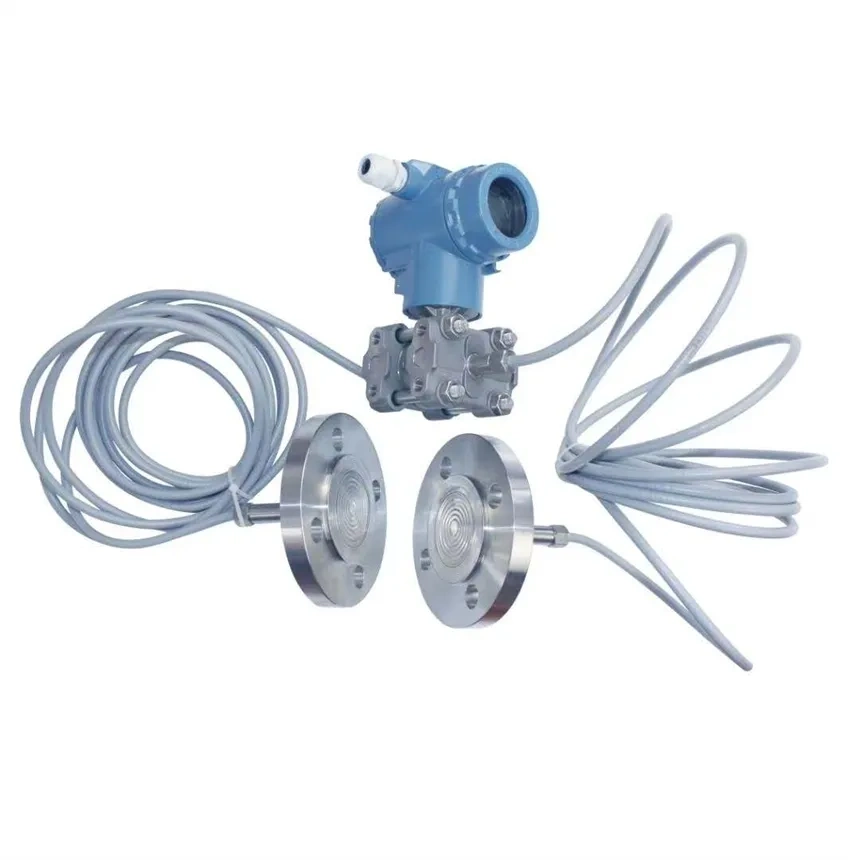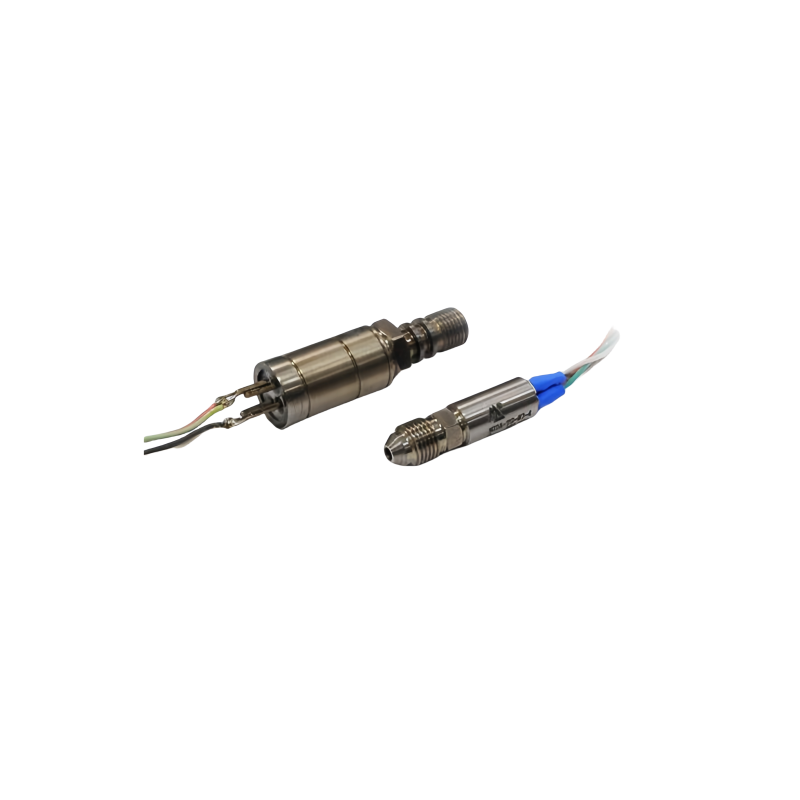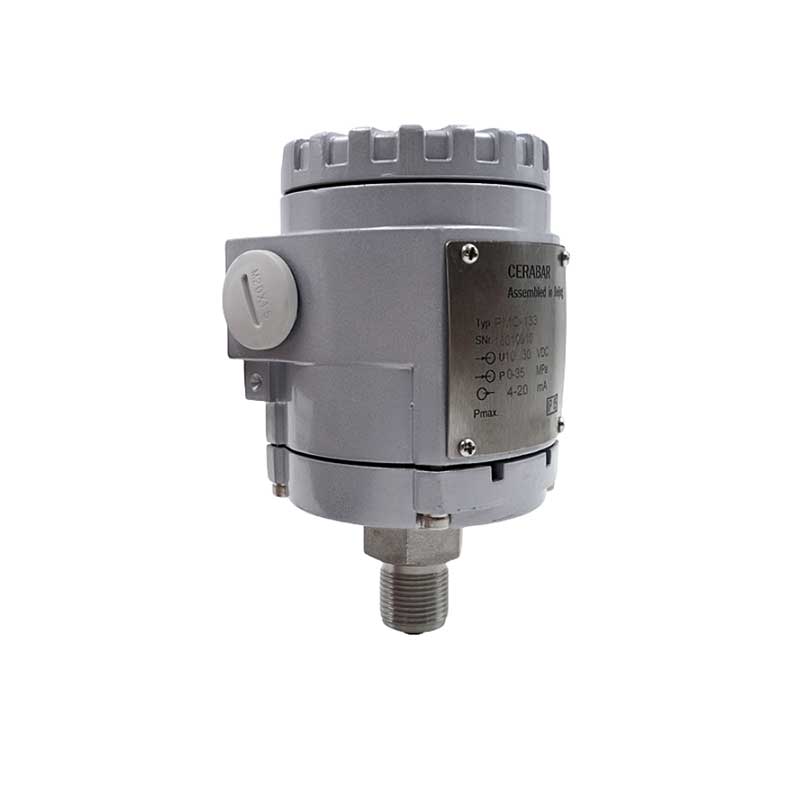Gas pressure sensors are extremely important in industrial applications. Gas pressure sensors can measure the pressure of carbon dioxide, natural gas, and nitrogen, etc. Gas pressure sensors can measure absolute pressure, gauge pressure, differential pressure, and vacuum pressure in various environments. They can also operate in a variety of containers, such as pipes, tanks, or barrels.
Based on Sino-Inst’s years of experience in pressure measurement, this article will focus on introducing the relevant knowledge of pressure sensors.
Sino-Inst Featured Product
What is a Gas Pressure Sensor?
A gas pressure sensor is an instrument that converts gas pressure into a signal accordingly.
Its core principle is to detect changes in certain physical properties caused by changes in gas pressure. And it converts these changes into readable signals.
Advantages:
- It supports customization.
- It has high accuracy and strong stability.
- Can adapt to high-temperature and high-pressure environments.
- Can measure corrosive gases.
- Strong anti-interference capability.
- Fast response.
- Can output multiple signals.
Disadvantages:
- Weak environmental adaptability, requiring temperature compensation.
- Has zero drift.
- High cost.
- It has high installation and maintenance requirements.
- Has range limitations.
- Accuracy is affected by multiple factors.
How does a Pressure Sensor Work?
The basic operating principle of a pressure sensor is to convert pressure into an electrical signal. When air pressure acts on the sensor’s sensitive element, it causes deformation. The sensor converts the deformation into a corresponding electronic signal. The sensor’s internal circuitry converts this deformation into an electrical signal, which is then transmitted to the external circuitry.
There are three main operating principles for pressure sensors: capacitive, piezoresistive, and resonant.
Read more about Types of Pressure Sensors: Different Types, Working Principles, and Definitions
Regardless of the operating principle, modern pressure sensor chips typically integrate signal conditioning circuitry (such as an amplifier), a temperature sensor (for temperature compensation), an analog-to-digital converter, and even a microcontroller. This allows for a direct output of a calibrated and temperature-compensated digital pressure reading.
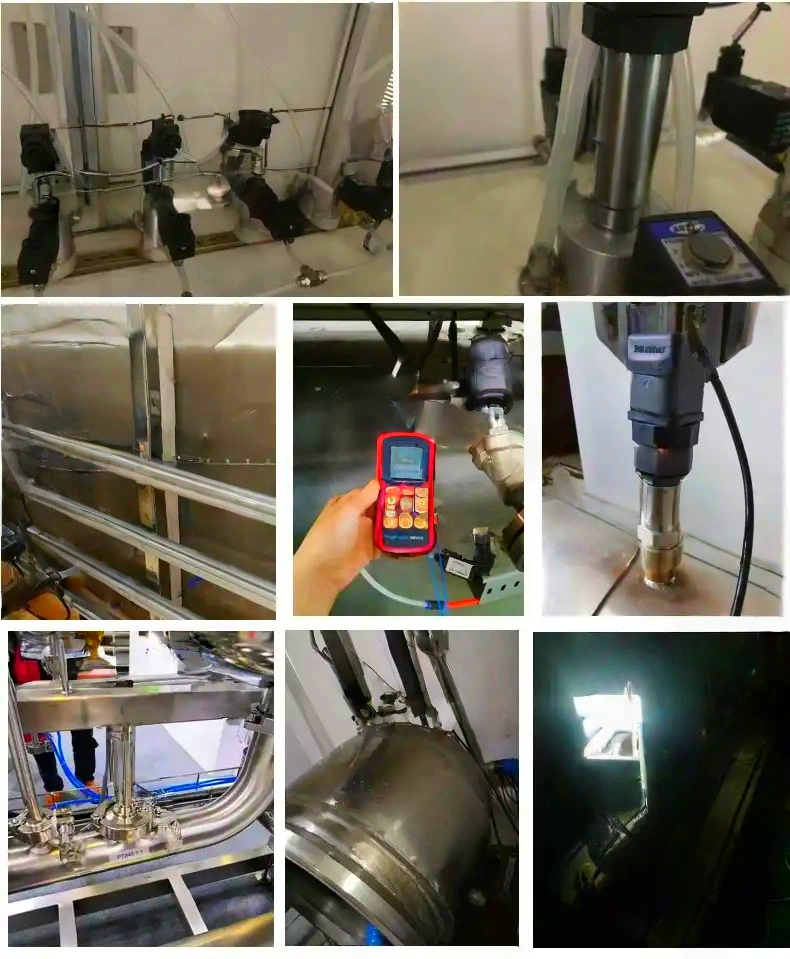
What does a Gas Pressure Sensor do?
With Sino-Inst’s many years of measurement experience, we have summarized the various applications of gas pressure sensors.
Industrial automation:
Gas pressure sensors can measure air pressure in pneumatic systems, pressure vessels, and compressors.
Automotive Industry:
Gas pressure sensors monitor various tire pressure conditions, including tire leaks, overinflation, or underinflation.
Gas pressure sensors automatically adjust the air conditioning system’s operating status based on the pressure difference between the vehicle’s interior and exterior.
Weather Forecasting:
Gas pressure sensors can predict weather trends. Meteorologists can forecast storms, low-pressure systems, and other weather phenomena by analyzing changes in air pressure.
Smart Homes:
Gas pressure sensors in smart homes monitor changes in indoor and outdoor air pressure to automatically regulate and optimize indoor environments. They are primarily used in smart windows and ventilation systems.
Aerospace Industry:
Gas pressure sensors determine an aircraft’s altitude and speed and regulate the aircraft’s gas pressure system to ensure flight safety.
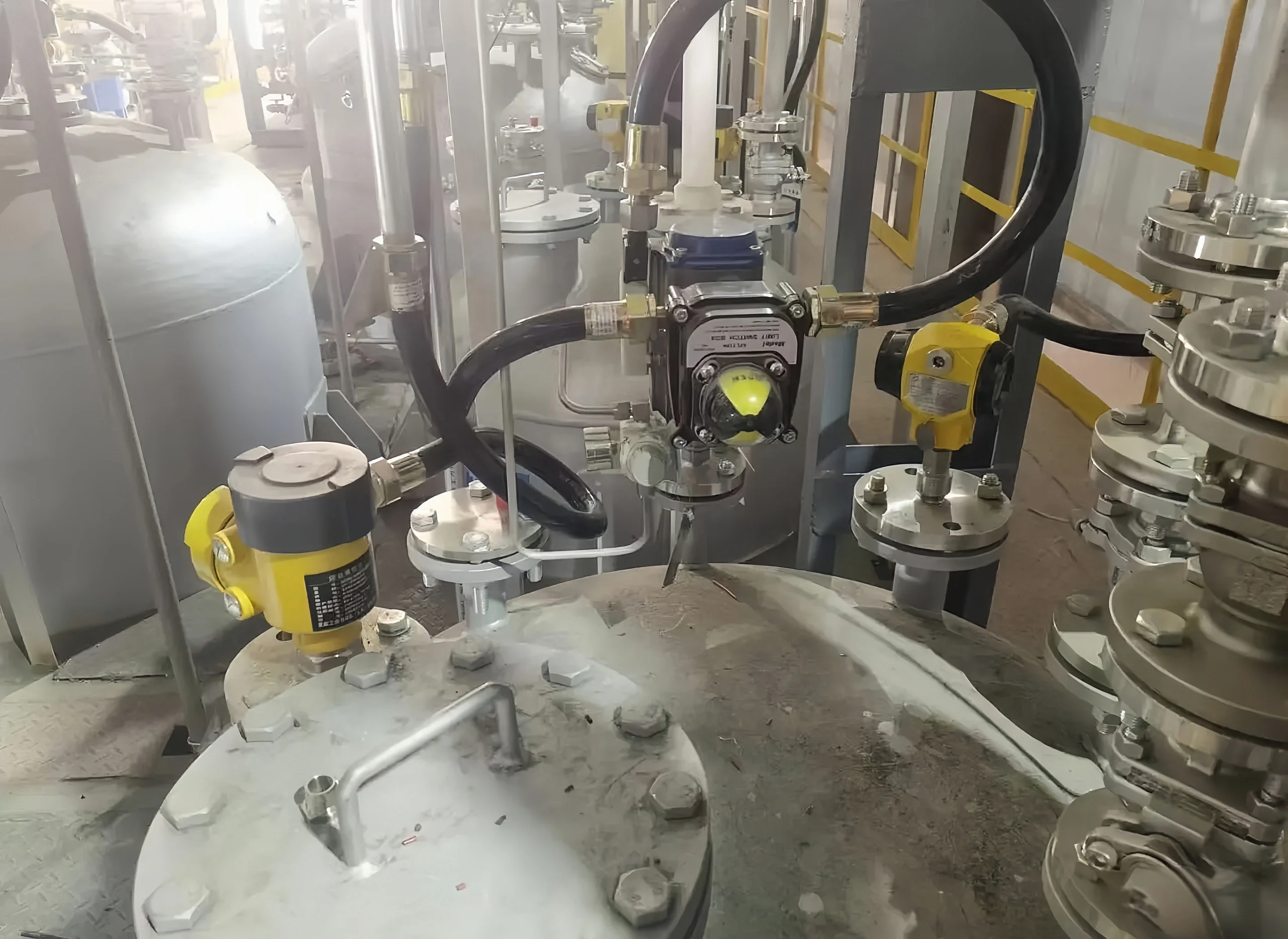
Precautions for Using Gas Pressure Sensors
There are many things to consider when using a gas pressure sensor. Neglecting certain details may result in irreparable losses. So, we should pay attention to these details.
Selecting the appropriate sensor
Before selecting a sensor, you need to clarify the measurement requirements.
We should consider the appropriate measurement range, which should cover the minimum and maximum pressures that may be encountered in actual applications. We should consider the accuracy requirements and select the appropriate accuracy grade based on the actual application. We should consider environmental factors to ensure that the sensor can withstand the temperature, humidity, corrosion, and pressure conditions in the environment.
Selecting the appropriate installation location
Gas pressure sensors should be installed away from vibration sources to minimize errors. High temperatures may affect sensor performance, so installation in high-temperature areas should be avoided. For sensors susceptible to corrosion, direct exposure to corrosive gases should be avoided.
Calibration and Maintenance
We should calibrate the sensor regularly to ensure measurement accuracy and clean the sensor regularly, especially the measuring port, to prevent blockages.
Electrical connections
Ensure that the sensor’s power and signal lines are properly connected to avoid short circuits or incorrect connections. Shielded cables can be used to reduce electromagnetic interference.
Operational Safety
We should strictly follow the operating manual to avoid damage caused by improper operation. When operating the sensor, we should take anti-static measures.
In summary, safety is very important for us. So, when you have a problem, it is necessary to find a professional assistant for help. Sino-Inst has many years of experience in the field of pressure measurement and offers 24/7 free online technical support. You can feel free to contact us.
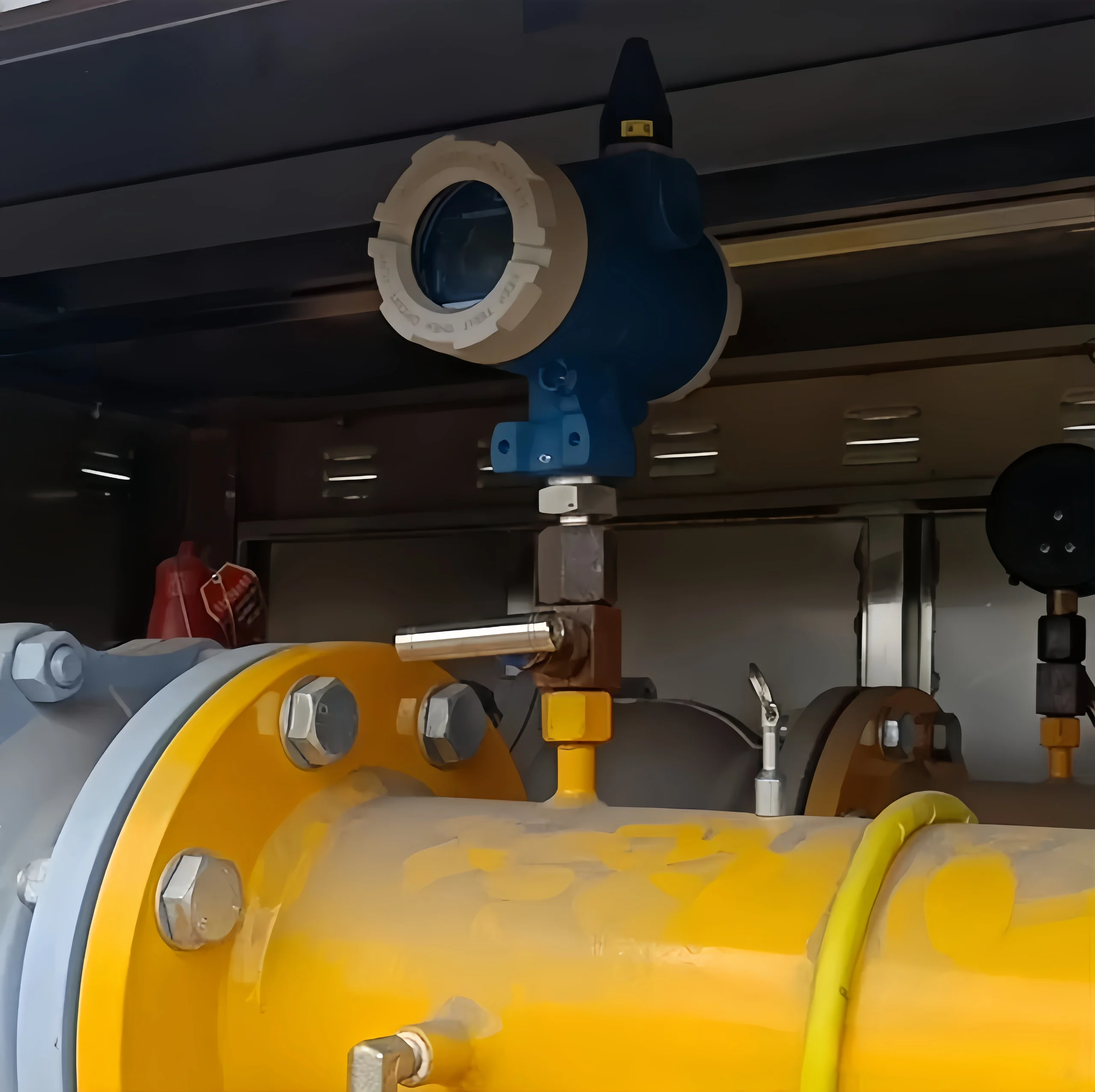
Gas Pressure Sensor Debugging Methods
If you encounter problems with your gas pressure sensor, don’t worry. Below are causes and corresponding solutions, based on our years of experience.
| Trouble | Troubleshooting Way |
| Measurement Error | regularly calibrating the sensor, selecting a sensor type suitable for the operating environment and using high-precision signal conditioning circuitry |
| Zero Drift | Comprehensive utilization of temperature compensation technology, environmental encapsulation, selection of stable materials, regular calibration, and fault diagnosis methods. |
| Dynamic Response Issues | Use a sensor with temperature compensation and recalibrate the sensor regularly. |
| Signal Interference | Use shielded cables and filters to resolve the issue. |
| Temperature Effects | use a sensor with temperature compensation can solve the problem. |
| Pressure Leakage | sensor seals should be inspected regularly |
What happens if a pressure sensor fails?
1 No signal output. 2 Unstable signal. 3 Zero drift. 4 Pressure leakage. 5 Electromagnetic interference.
When the above issues occur, it indicates a problem with the pressure sensor.
What does the exhaust gas pressure sensor do?
Exhaust gas pressure sensors are used to monitor pressure during waste disposal processes, ensuring safety and environmental protection during construction.
What is the main purpose of a pressure sensor?
The primary function of a pressure sensor is to convert physical pressure into an easily measurable and processable electrical signal accordingly. It serves as a bridge between the pressure and the signal.
In summary, gas pressure sensors are important in industrial processes. We should understand its related knowledge to ensure they function effectively.
Sino-Inst’s gas pressure sensors support customization. So, they can adapt to high-temperature, high-pressure, high-corrosive gas environments. Our products are distributed worldwide and have received consistent praise. We are a supplier of gas pressure sensors from China.
If you need to purchase gas pressure sensors or have related technical questions, please feel free to contact us. We can solve your problem and give you a perfect solution for gas pressure measurement.

